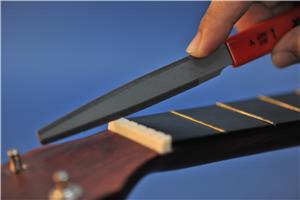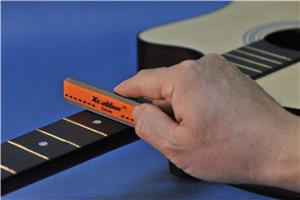File selection introduction
Reasonable selection of files has a great influence on improving the efficiency of filing, ensuring the quality of filing and prolonging the service life of files. Each file has its specific purpose, and the appropriate file must be carefully selected before filing. If it is not selected properly, it will not be able to give full play to its effectiveness or lose its cutting ability prematurely, and the quality of filing cannot be guaranteed.
The correct choice of file should be based on the specific conditions of the processing object, from the following aspects:
(1) The cross-sectional shape of the file should be adapted to the shape of the workpiece.
(2) Rough files are used for rough machining, and fine files are used for finishing. Rough files are suitable for filing workpieces with large machining allowances, low machining accuracy and large surface roughness values; fine files are suitable for filing workpieces with small machining allowances, high machining accuracy and small surface roughness values; single-toothed files Suitable for processing soft materials.
The choice of file thickness depends on the nature of the workpiece material, the size of the machining allowance, the level of processing accuracy and surface roughness requirements, and the hardness of the workpiece material.
Rough files (or single-toothed files) are not easy to clog because of their large tooth pitch and large chip space. They are suitable for filing workpieces with large machining allowances, low machining accuracy, and large surface roughness values, as well as copper, aluminum, etc. soft metal materials;
Fine files are suitable for filing workpieces with small machining allowance, high machining accuracy and small surface roughness, as well as filing steel and cast iron, etc.;
The oil light file is used for the final finishing and smoothing the surface of the workpiece to improve the dimensional accuracy and reduce the roughness.
(3) The length of the file should generally be 150-200mm longer than the file-cut surface. The size of the file size depends on the size of the workpiece processing surface and the size of the machining allowance. When the size of the processing surface is large and the machining allowance is also large, a longer file should be used; otherwise, a shorter file should be used. The length of the file should generally be 150 to 200mm longer than the file surface.
As a professional file manufacturer, we can provide file tools of various types and specifications, welcome to consult and purchase!




